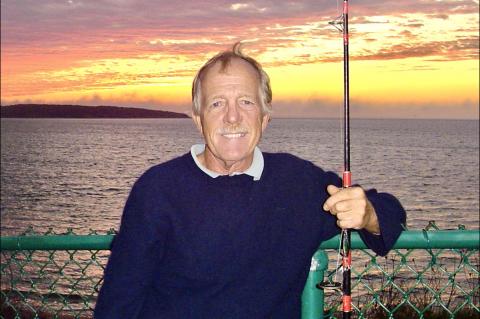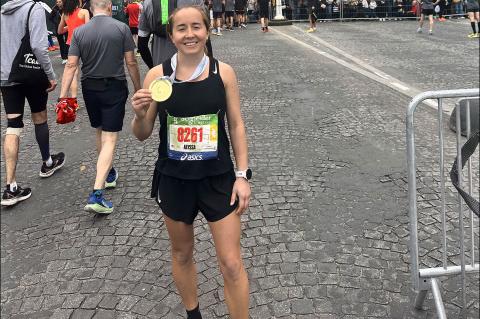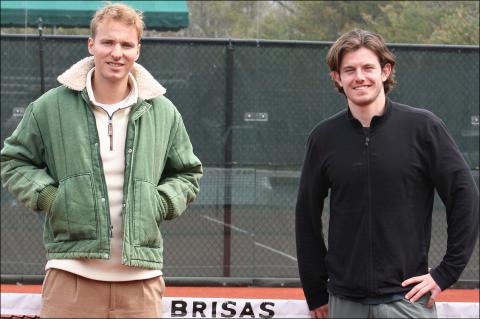Nine months ago, Jeremy Grosvenor, a 52-year-old waterman who lives in Sagaponack, suffered a dislocated hip while surfing at Camp Hero’s Radars break. He had experienced mishaps while surfing before, but nothing like this.
His left hip popped out when the front of his board jack-knifed after a wave that was “not big, but powerful,” broke over him, he recalled. The pain was excruciating. All he could think of in making his way to the beach was surviving, just as the seaweed, the barnacles, mussels, and small fish underwater were. Concentrating on that web of resilient life, so well described, he said, in Rachel Carson’s “The Edge of the Sea,” put his mind at one remove and enabled him to endure the pain.
Once on the beach, people heard him screaming, came running to stabilize him, called an ambulance and his wife, Saskia. “They were amazing,” he said. Ten days later, he underwent surgery. And earlier this month, while still rehabbing with Sinead FitzGibbon, a Sag Harbor doctor of physical therapy and an endurance athlete, he resumed long-distance swimming — his great love — at the 4.4-mile Great Chesapeake Bay Swim, a west-to-east crossing of the upper bay, from Sandy Point State Park five miles northeast of Annapolis to Kent Island on Maryland’s Eastern Shore under the twin spans of the William Preston Lane Jr. Memorial Bridge.
Though he’s done it all when it comes to water traversing — longboard and shortboard surfing, prone paddleboarding, stand-up paddleboarding, and outrigger canoeing — the feeling of “zero gravity” that attends long-distance swimming is, he finds, most sublime.
To qualify for the Great Chesapeake Bay Swim, he swam two miles in the Y.M.C.A. East Hampton RECenter’s pool, with someone counting what he thinks were 140 laps.
The weather, contrary to what had been expected, was good on race day, June 18, the water was warm, and the ebb tide at the start and the flood tide at the end were manageable. It felt, he said, as if he were being carried along, there was no impact, it was very smooth. The flailing arms of the 507 starters, 19 of whom were teenagers, reminded him of a huge school of fish.
Being nearsighted, which makes it difficult to see far, Grosvenor wore goggles, though he generally does not, preferring to be more attuned to his immediate surroundings.
He trailed a cellphone in a dry bag behind him, so that the GPS would record his route, but the GPS didn’t work. As for navigation, all he needed to do was look up at the curved, arched bridge’s spans, which at times, he said, looked like a floating spaceship.
Ages ranged from 13 to 85. Of the 507 starters, 22 dropped out. Grosvenor, who finished in about three hours, said he applauded their decisions, knowing, from experience, that “things can go south pretty quickly.”
Next for him will be the 5.5-mile Maggie Fischer Memorial Cross Bay Swim in Great South Bay, from the Fire Island Lighthouse to Gilbert Park in Brightwaters on July 14.






